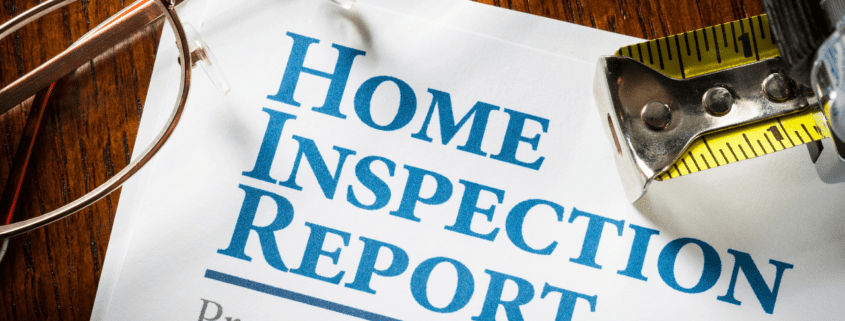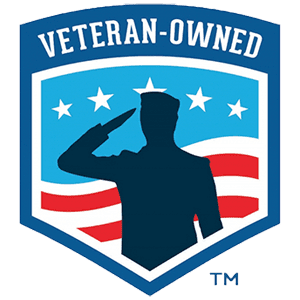What is NOT included during a Home Inspection?
A home inspection covers many vital parts of the home. The exterior, interior, roof, foundation, electrical, HVAC and plumbing systems, and permanent built-in appliances are a few general examples of what gets investigated during a standard home inspection. If you want to know more about what IS included in the home inspection, check out our article here: https://www.whittinspections.com/home-inspections/whats-included-in-a-home-inspection/
However, you’re here because you want to know what is NOT included in a standard home inspection. Put simply, since the inspection is a non-invasive, visual-only inspection, anything that can’t be realistically reached by the inspector isn’t included. Home inspectors will check hard to reach places, like crawl spaces or attics where possible, but anything that requires extreme climbing or any digging will remain unreported.
Another thing to note is if an area is blocked or inaccessible (for example if the attic has no entrance or the crawl space is covered in water or, gasp, snakes!) it will most likely not be inspected. Some specific items that aren’t investigated during a home inspection include the septic system, the chimney interior, underground pipes and the inside of pipes.
If you want your septic system examined, then you’ll have to order a separate inspection from a qualified septic contractor. People often assume that this service is included in a standard home inspection, but the next time you’re scheduling for an inspection, don’t anticipate a report on your septic system. It wouldn’t be realistic to expect an inspector to investigate this system. The reason being, it requires a separate license in Florida, and to properly inspect a home’s septic system, digging and pumping the tank would be required. . If you’re worried about when you should have your septic system examined, we recommend to always have it done before purchase, and InterNACHI recommends that you also have it repeated annually .
Chimneys aren’t completely avoided during a home inspection, but the inside won’t be looked into thoroughly. A basic chimney inspection doesn’t require special tools as it mostly consists of an inspector doing a visual check from the fireplace and chimney. During a standard home inspection, the home inspector will check to make sure there aren’t any obvious problems with the chimney, but they won’t perform an interior scope of the chimney and some areas cannot be seen visually from the entrance However, if you’re getting ready to sell your home then a thorough chimney inspection is recommended, for safety reasons.
Pools and hot tubs are not included in a standard home inspection. If you’re considering a home with a pool, then you’ll need to order a separate inspection. Pools have intricate systems and it takes time and experience to properly, and thoroughly, inspect them. During a pool inspection the filters, heaters, pumps, and other electrical appliances each need to be individually investigated, adding these components to a home inspection would take too much time. A standard inspection will cover plumbing and even your house’s water system, but pools and hot tubs are another matter entirely. However, we offer this service as an add-on inspection, if desired.
Other items not included in a standard general home inspection are anything that requires a specialized license, tools or laboratory testing. Some examples of this would be Wood Destroying Organism (WDO) inspections, air quality, radon, lead, asbestos and other environmental identification or testing. Home inspectors do not check refrigerant levels on the HVAC systems, and it is also beyond the scope to perform load calculations determining if your AC or electrical service is properly sized.
There are some popular TV shows that give the wrong idea about what a home inspection entails. It’s important to distinguish that these shows are for entertainment purposes only, and don’t represent reality. Home inspections are non-invasive and visual-only, meaning, we don’t remove drywall or carpet, and don’t move personal items such as furniture. These are not technically exhaustive inspections.
Having proper understanding and expectations of a home inspection is key. The home inspection is only one piece of the puzzle when doing your due diligence before buying a home. It should only be considered as supplemental to other information you may obtain in the process such as the seller’s disclosure, title company research, crime statistics, and simply viewing the property yourself. Absolutely no home is perfect, and the purchase of real estate is not without some risk.
The best way we’ve found to view a home inspection is to see us as similar to a general practitioner doctor, but for houses. If you feel bad, you may go see your general practice doctor. If they find a potential issue with your heart, then they would refer you to a cardiologist – a specialist. Maybe if your foot is swollen, they would then refer you to a podiatrist. Think of a home inspector in the same manner. We are generalists, not specialists. If we (the generalist) detect an issue with your electric panel, we would recommend further evaluation by a qualified electrician (the specialist or expert). Damaged roofing shingles? We will recommend a qualified roofer, and so forth.
Home inspections are valuable services and cover a large part of the home’s primary components, but that doesn’t mean it covers everything. A lot of time is spent going over each room in a home and by the end of the inspection you’ll have a good idea of what needs fixing or further evaluation, and what doesn’t. If your home has special components that go beyond the scope of a standard general home inspection, then you’ll need to schedule an appointment with a qualified specialist who’s trained in those fields.







Leave a Reply
Want to join the discussion?Feel free to contribute!